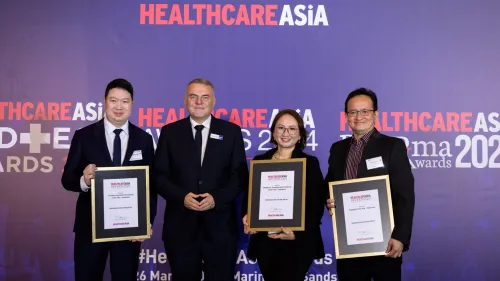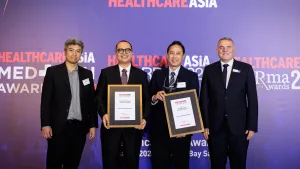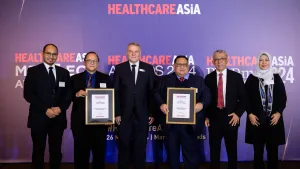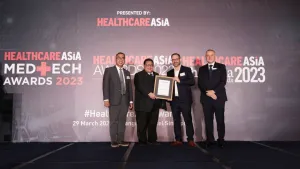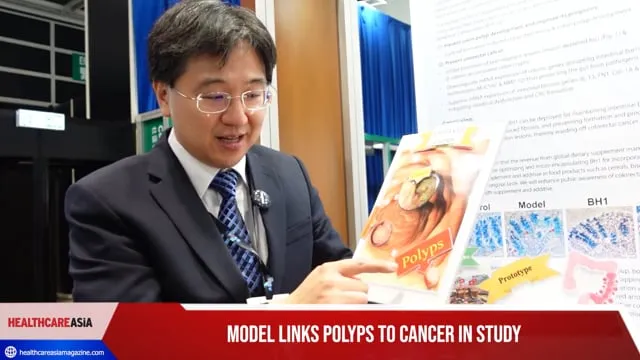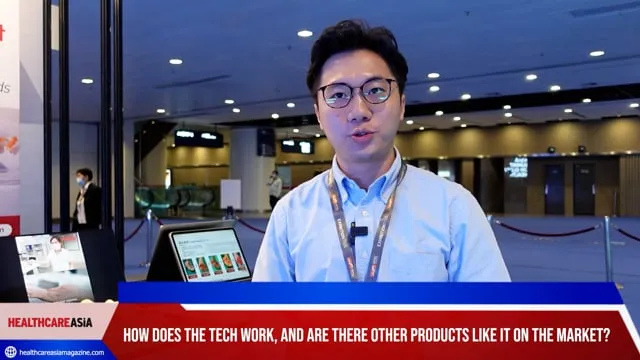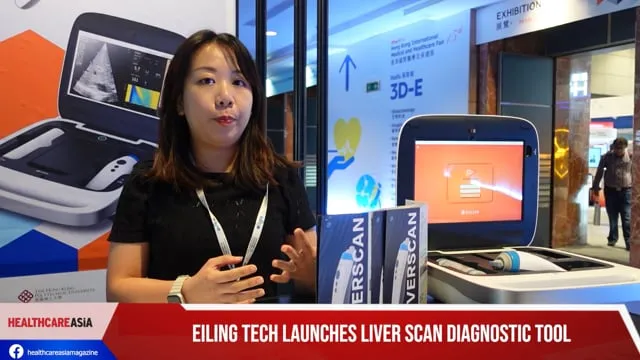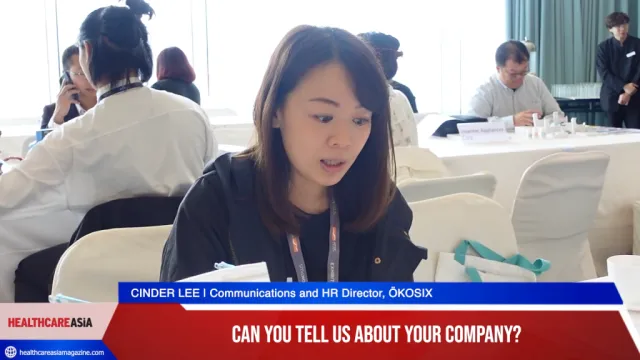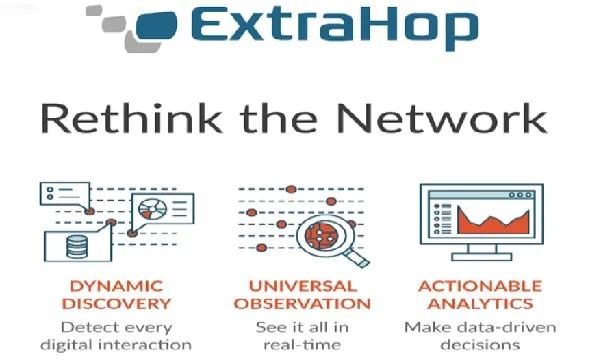
ExtraHop takes a leap into Asia Pacific
Healthcare IT may lag behind other forms of information technology, but it’s debatably the most important form of IT there is.
One of ExtraHop’s many strengths is its approach to measuring clinical data within a healthcare IT environment. According to Eric Thomas, senior vice president of solutions architecture at ExtraHop Networks, ExtraHop is agnostic to specific vendors and technologies, which means for the languages that healthcare IT systems speak (HL7, Legacy TelNet Protocols), the analytics can patch everything together, monitor all of them in real time, and pull out accurate clinical data.
“Things like patient admissions, discharges, transfers, looking at the way messages are fulfilled, and prescriptions are fulfilled specifically,” Thomas says. “If a doctor prescribes some kind of schedule of treatment, we can verify that treatment is actually proceeding according to plan with the right dosages, the right series of administrations over a period of time.” Anything speaking HL7, TelNet, web traffic, and other healthcare IT language, ExtraHop can transform and analyse into usable clinical data. But healthcare IT isn’t without its own unique challenges. According to Thomas, healthcare IT has grown organically over a period of time and in its own way.
Challenges for healthcare IT
He says unlike traditional IT architectures that are centrally planned with a group of architects designing a specific system, healthcare IT is largely driven by doctors and medical professionals. “Because if it doesn’t work for doctors, it’s not going to be utilised in hospitals,” Thomas says.
“So while these systems grow organically, we’re able to bring them together and monitor and measure them in a unified fashion – all to bring some level of order and control to a landscape that’s pretty wild in terms of technology,” Thomas adds.
Doctors drive the technology, and they are generally satisfied once ExtraHop starts managing their healthcare IT environment. According to Thomas, it doesn’t take them as long to log in to their virtual desktops and internal portals. Additionally, their interactions with electronic medical systems are smoother, Thomas says, ultimately helping deliver patient healthcare outcomes. The benefit is then passed directly to the patients. “The feedback we’re hearing is very positive, both from doctors and the technology professionals that support them,” Thomas says.
Expansion into Asia Pacific
A firm founded in the United States, ExtraHop has also recently expanded aggressively into the Asia Pacific region — a locale thirsty for effective healthcare analytics. Danny Smolders, VP for Asia Pacific at ExtraHop Networks, says the company kicked off its expansion into Asia about a year ago, with an office in Singapore. ExtraHop then expanded rapidly into Korea, Australia, and New Zealand.
“That’s primarily the geographies where we feel that healthcare is at the level of sophistication that we require for our product to make sense in,” Smolders says. “We’re also seeing a lot of demands for this type of product in Southeast Asia. It’s fair to say that wherever we see a demand that is growing, and we’re seeing that in Thailand, and Indonesia – those are the areas we’re going to focus on in the future.
ExtraHop also solidified its presence in Asia as it participated in the annual HIMSS AsiaPac 16 in Bangkok, Thailand.
New challenges
Of course, a new region would entail different challenges and problems in terms of healthcare IT. According to Smolders, the region’s challenges arise from its diversity. “The way healthcare works in Singapore is very different from how it works in the Philippines, and it’s very different from how it works in Australia,” Smolders explains. “So understanding all of those, and how it works in those particular markets, is our first step and that’s what we’ve achieved so far.”
One example of a big distinction, Smolders recalls, is the difference in terms of patient health records. “The way they are being stored are different in the US than they are here. Also the adoption of those systems has been very different in some of the markets that we have in Southeast Asia,” Smolders says. He adds that Singapore and Australia are the nations ahead of the curve, and therefore, would generate the biggest traction for ExtraHop.
Standing out
While the healthcare IT field is saturated, ExtraHop certainly stands out in the crowd. According to Eric Thomas, one advantage of ExtraHop is its scalability in speed and feeds. “Our ability to cover next generation technologies, hyperconverged technologies, and track the direction that IT is moving,” Thomas says. “Even if healthcare IT is lagging behind other types of information technology, there are also places where that technology leapfrogs.”
An instance of leapfrogging technology could be seen in imaging, Thomas explains. ExtraHop is the sole company capable of tracking every single type of imaging technology which is being utilised in hospitals. This ensures that radiology images are generated in real-time. “By focusing on technologies that are very specific to healthcare, and given that healthcare is such a large part of our business, not only are we staying ahead, but in most cases we are doing things that no other healthcare IT company is doing,” Thomas says.
With these innovations, it’s hard to believe ExtraHop is just getting warmed up. “We’re a company that’s swinging for the fences,” Thomas says. “We’re a growth stage company founded in 2007, and we’ve been growing very rapidly ever since.” For ExtraHop, Asia Pac isn’t the end goal, it’s only the next venue and it’s only the next venue and the next stage of its evolution. “We’re looking to bringing a lot of value to patient care within the Asia Pac region,” Thomas says.
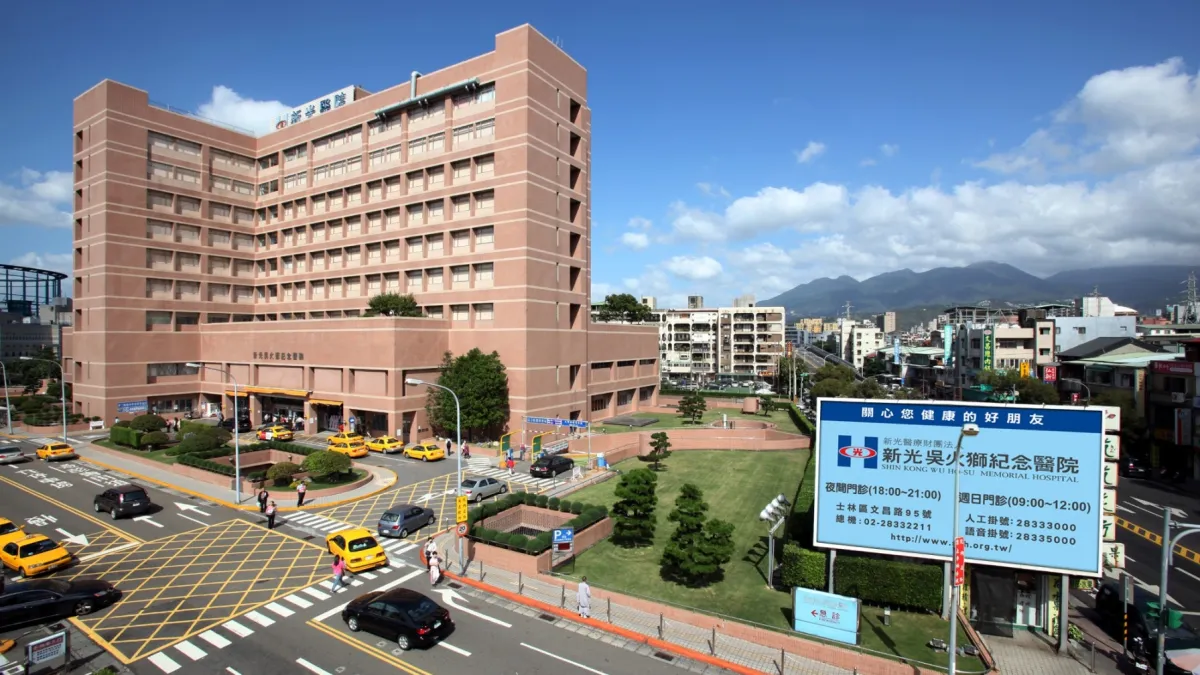

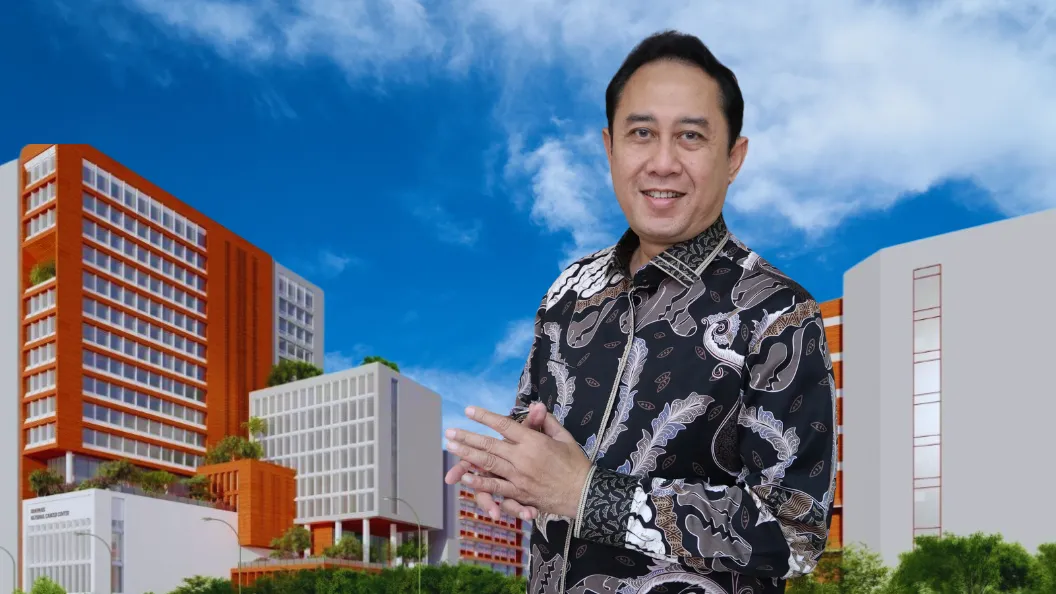
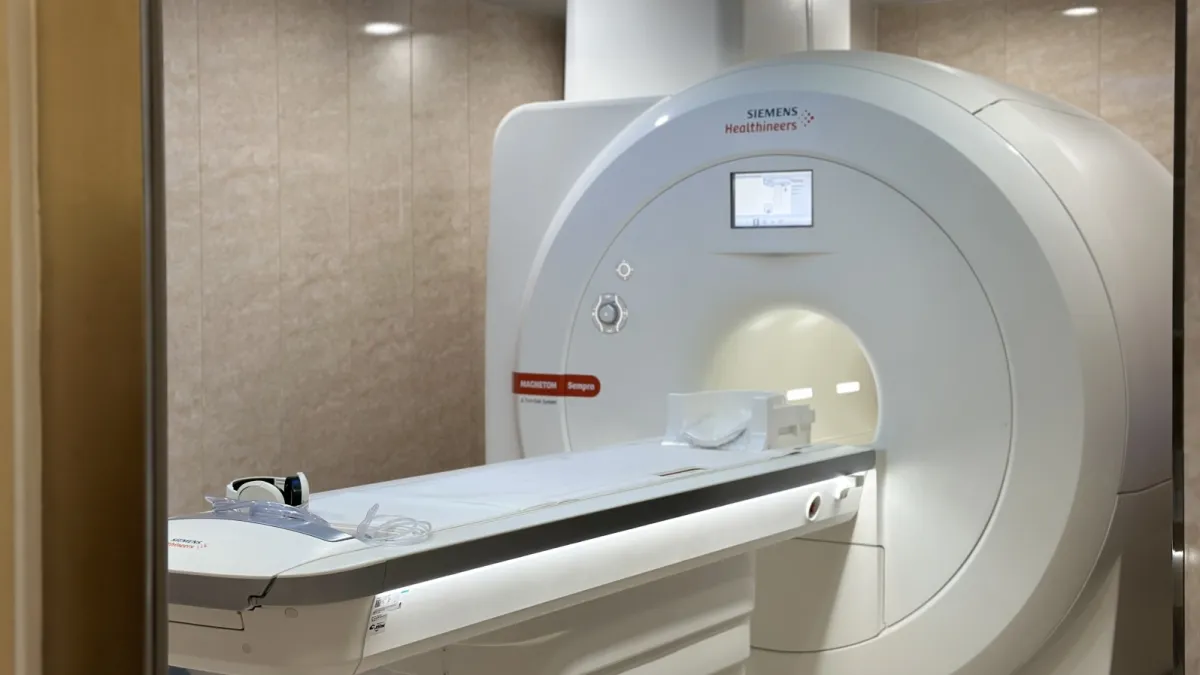




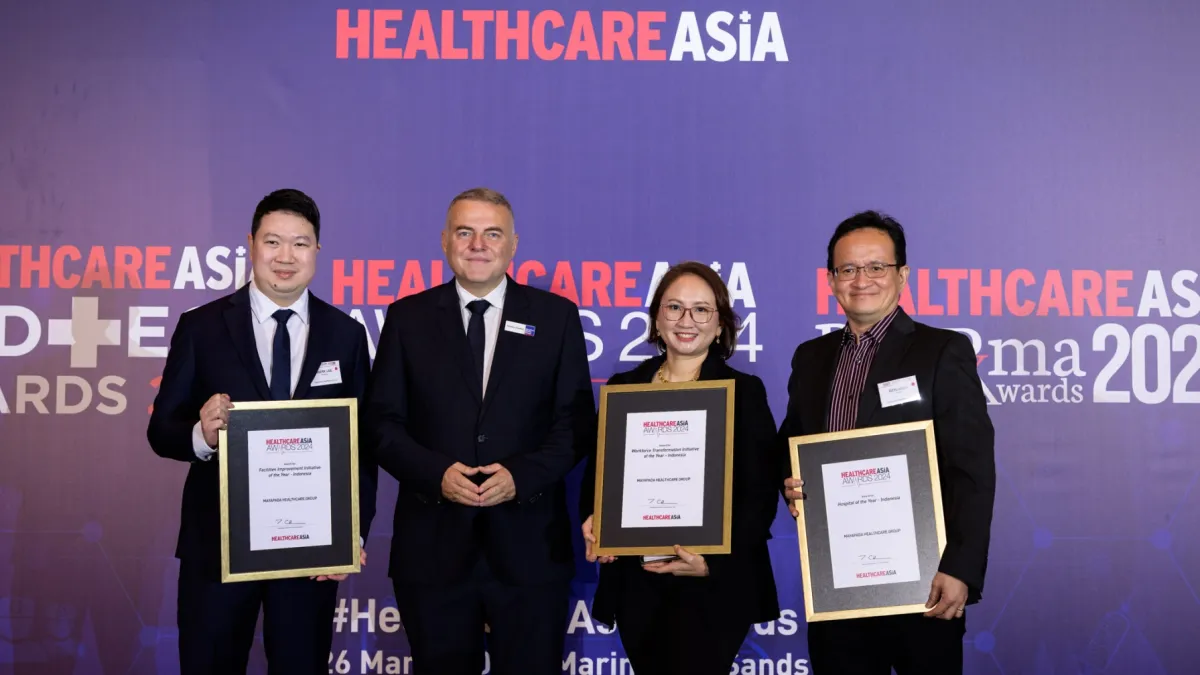
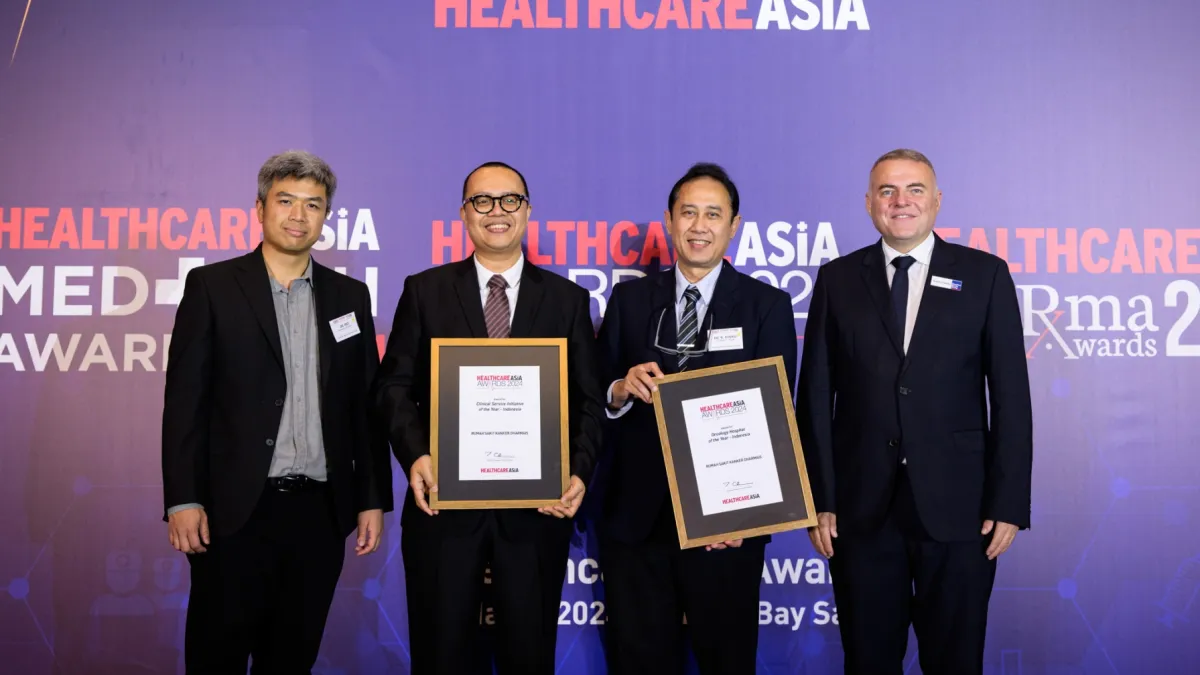
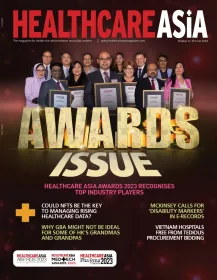
 Advertise
Advertise
